We won’t often find ourselves in situations like drowning, fainting, or getting lost in the woods. But to minimize the risk, we need to know how to handle these dangerous situations without panicking.
Here are 8 life-saving tips:
1. How to deal with fainting
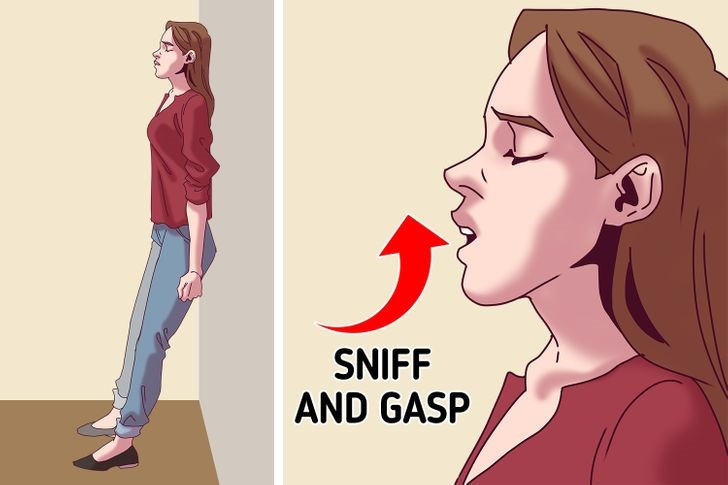
Even if you’re in a crowd, there might not always be someone quick enough to come to your aid when you faint. In such cases, you can prepare and help yourself:
– Try to let someone near you know what’s happening and ask for assistance.
– Lean against a wall and slowly sit down.
– Lie down with your legs raised or sit with your head between your knees.
– Take deep breaths.
Try to inhale deeply and then exhale. Researchers have found that this technique helps stabilize blood pressure and heart rate.
2. How to survive a fall from a height
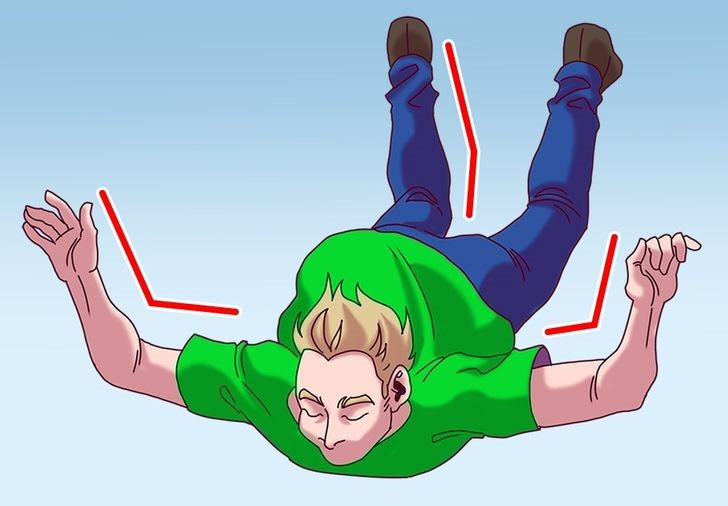
If you fall from a height, try to remember:
– Mimic a skydiver. Your chest and head should be facing downward. Extend your arms and legs, bend them at a 90-degree angle.
– Find a spot to “land.” It could be a pile of dry grass or bushes to cushion your fall. Water is only safe if your fall is from a height of about 150 feet (45.7m) or less.
– When you touch the ground, protect your head by locking your two arms together.
If you fall from a mountain or a slope, these little tips can help you avoid serious injury.
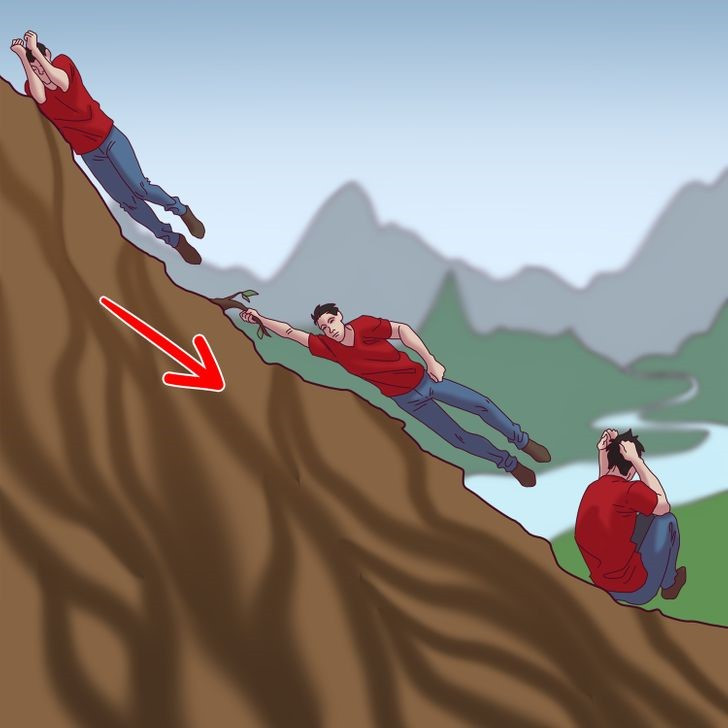
– Divide your fall into several parts by hitting a rock wall or a tree. Grab onto objects in your path.
– Don’t hold your body tight as it can harm your internal organs.
– Protect your head by locking your hands together.
– Land on your feet with slightly bent knees.
– Avoid landing on your back. Instead, try to fall forward.
3. How to survive a lightning strike
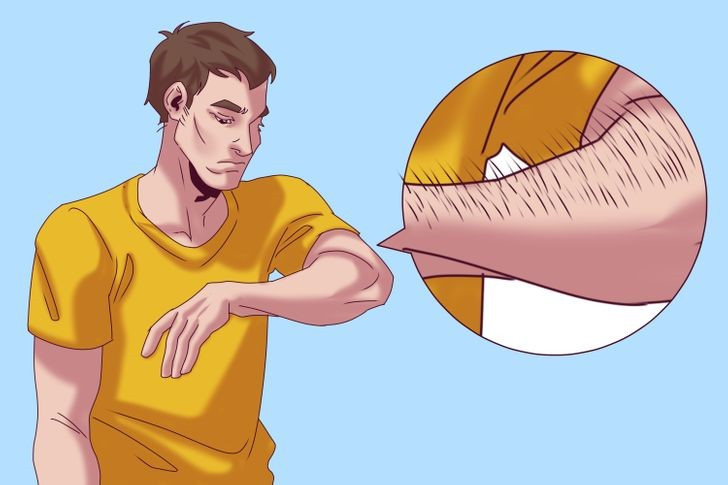
When you’re outdoors, pay attention to the sensations in your body. Before a lightning strike, you’ll feel your hair standing on end. Your skin may tingle, and you may hear crackling or buzzing sounds.
– Crouch down like a baseball player and put your head between your knees. Try to crouch as low as possible but don’t lie down.
– Press your hands against your ears to reduce the risk of hearing loss.
– The only thing touching the ground should be the balls of your feet.
– Keep your heels together so that the electricity can travel from one foot to the other, rather than through your whole body.
4. How to survive in the desert
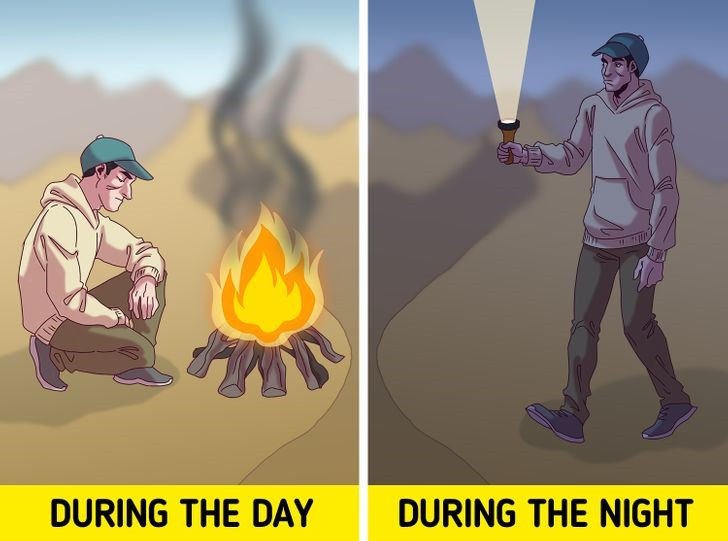
If you’re trapped in the desert, having a survival strategy is crucial.
– Don’t move during the day. Choose cooler nights for long-distance travel to avoid dehydration.
– Stay in the shade during the day. You can create a shelter using any materials you can find.
– Send out distress signals. Make smoke during the day and light up at night.
– Look for a water source. Follow animals and birds, look for the greenest patches of vegetation. Follow the slope of rocks, and you may find rainwater there.
– If you feel exhausted, don’t walk any further and instead drink a few sips of water (if you have it) and rest.
– Stay away from thorny plants. They can cause injuries and infections.
5. How to survive in the woods
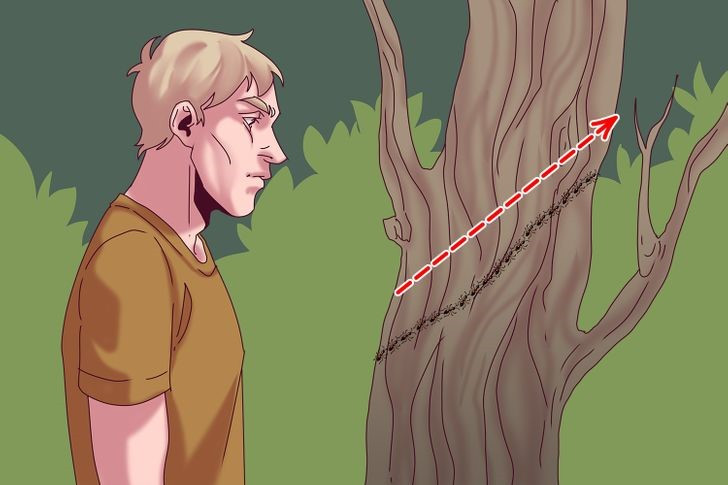
– First, look for a water source. Check low-lying areas and any signs of animal tracks you see. If there’s a mountain, look for water at the foot of cliffs.
– If you’ve collected rainwater, don’t let it sit in the container for too long as bacteria can contaminate it. Filter the water if possible.
– Follow ant trails. If you see ants on a tree, there’s a good chance they’re moving to a moist source inside the tree. If you find it, squeeze the water into your mouth. However, be careful not to swallow any ants.
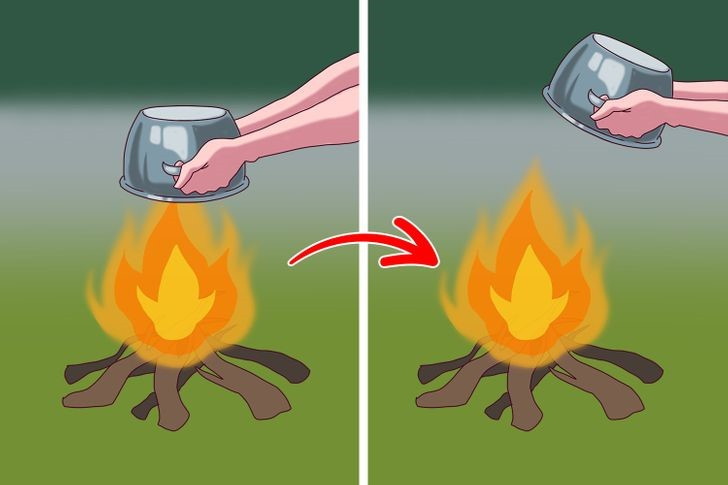
– Start with a fire. Look for dry, small materials like leaves and twigs, pile them up like a hut to start a fire. Use a flat piece of wood and make a small groove in the middle with another branch, rub the 2 pieces of wood together until you create a fire and set it alight.
– Use fire and smoke to send distress signals. Cover the fire with a large branch or anything for 3-4 seconds to gather enough smoke. Then blow the smoke away.
6. When experiencing cramps, do the following:
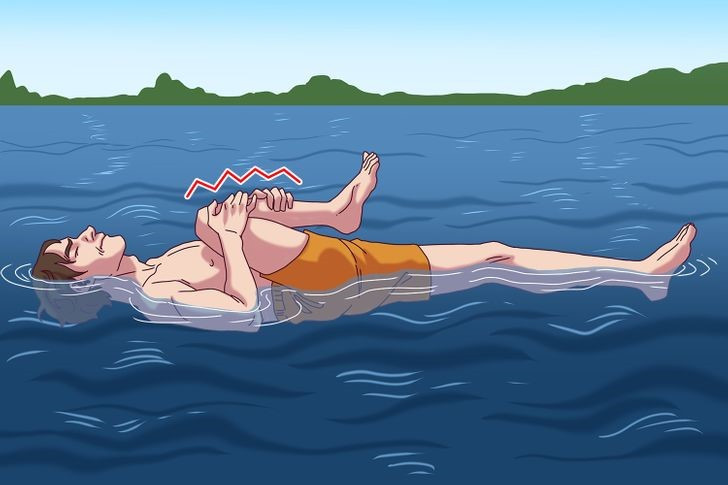
– Make sure you’re adequately hydrated before swimming, as dehydration can cause cramps.
– Try to lie on your back and let your body float. Massage the lower leg or the cramped area.
– If you have a cramp in the back of your leg, bend your knee while floating and begin to stretch your leg straight by pulling your toes towards you.
7. How to survive frostbite
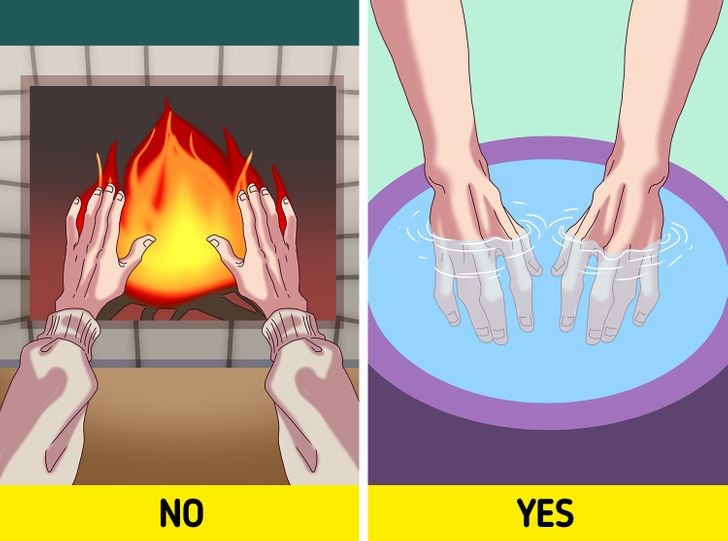
Recognize the early signs of frostbite: pale and waxy skin. You’ll feel tingling, stinging. Frostbite can affect children before adults.
– If you feel the above signs, don’t stay in the cold any longer and seek medical assistance.
– Don’t use a hairdryer, heating pad, or heater to warm up.
– Prepare something warm to drink, cover yourself, and soak the frostbitten area in water with a temperature of 101°F to 104°F until the skin changes to pink.
– After the skin turns pink, gently dry it and rewrap it in a bandage.
– Place gauze or cotton between your fingers or toes if they’re injured.
– Seek medical care.
8. How to survive an ostrich attack
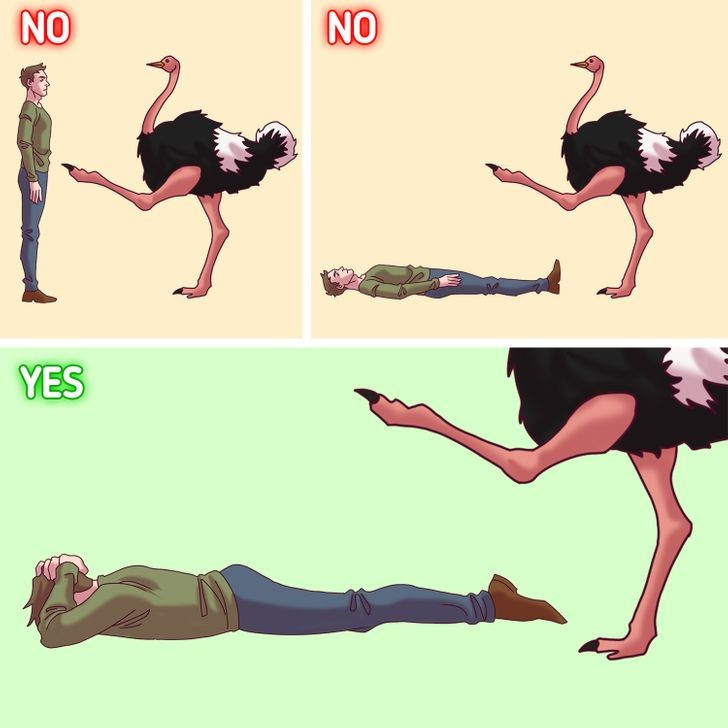
– The safest way to survive an ostrich attack is to hide. Don’t try to run away from it as ostriches are very fast.
– If you can’t hide, try climbing a tree.
– If there’s no hiding place or no trees, play dead. Lie face down and use your hands to cover your head and neck.
Phạm Nương (Theo Bright Side)


































